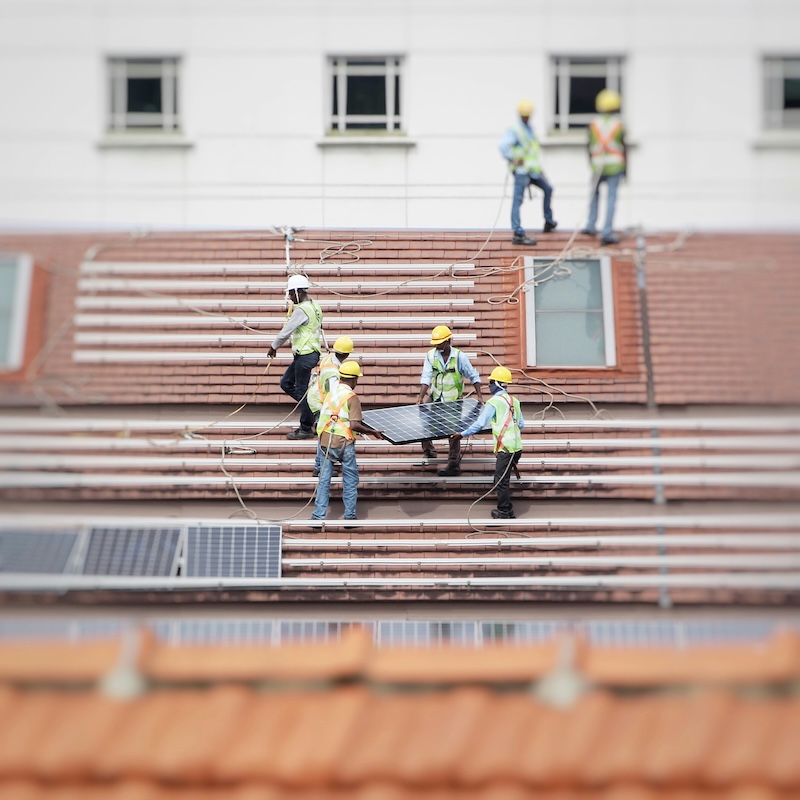Sunny days
Topics: solarpunk climate cycling MTB snowboarding
The thread I pulled on today is about carrying capacity of our planet. Via Crooked Timber come the latest UN estimates of world population growth.

The UN’s current best guess is that world population will peak around 10.4 billion people, give or take, some time around 2080. Current world population is around 8.2 billion people, so that’s almost exactly a 25% increase.
This is down a little from previous estimates, but still, that’s a lot of people (understatement, and also obvious). Are we at risk of overshooting our ecosystem’s carrying capacity? But if so, who exactly is going to be told they can’t have children, and who is going to be doing the telling?
Italy is one of the countries with the lowest birth rates, well below replacement level — but instead of embracing the imminent reduction of our national environmental footprint, the government is flailing about, discussing “pro-natalist” policies (that somehow never seem to help those of us with actual families, but I digress).
This all looks like one of those insoluble problems, and so I have always had this low-level dread about the future that I keep pushing to the back of my mind. I am extremely highly evolved and optimised for my precise ecological niche. It wouldn’t even take a full civilisational collapse to boot me out into the cold, just a relatively contained disruption.
The problem is, of course, that there is only so much abyss-gazing one can do. Once you’re recycling your waste, eating local, cycling to anything within range, and minimising use of AC and heating, there are not that many other things to do while still participating in twenty-first-century life. A solarpunk future is not readily accessible to individual urban apartment-dwellers; it requires political solutions.1

But then you read a story like this one about the extremely rapid uptake in solar panels in Pakistan.
Azeem Azhar and Nathan Warren […] were looking at Pakistan, where power prices in the wake of Putin’s Ukraine invasion have soared so dramatically that sales of electricity have gone down ten percent in the last two years. That should cripple a country—”yet somehow it’s economy grew by two percent anyway.” Again, that should have been impossible: if there’s a truism, especially in the developing world, it’s that growth in energy use is tied to growth in economies. So what was happening? Basically, Pakistanis were buying huge quantities of very cheap Chinese solar panels and putting them up themselves. Pakistan, they reported, “has become the third-largest importer of Chinese solar modules, acquiring a staggering 13GW in the first half of this year alone.”
Here in Old Europe, we also see the growth in “Balkon-Solar” in Germany, where installed capacity has reached 200 MW and is still growing. Germany’s rapid adoption is down to two factors: support from the federal government, including both regulation and subsidies, and a recent court decision that confirmed the right of tenants (not just owners) to deploy the panels. This factor is particularly important in Germany, where the residential market is made up rented properties to a far greater degree than it is in, say, Italy.
This is the sort of thing we like to see, in no small part because of the second-order effects. Here in the Po Valley, we have some of the worst-polluted air in Europe all winter, as exhaust gases from cars, industry, and last but not least, residential heating systems, all get bottled up between the Alps and the Apennines, with only the long outlet down the Adriatic to clear the air. If people could run their heating, lights, and cooking ranges off their own balcony-mounted solar panels, and use any excess to charge electric cars or bikes for transportation, for once that would be a personal intervention that could have societal-level impact.

Cheap power also helps to secure access to clean drinking water through desalination. Water wars à la Mad Max are one of the standard breakdown scenarios that people worry about in a population overshoot scenario, so if we can avoid those, that is one less thing that can go wrong. Even better, if we can avoid big single points of failure, and instead focus on highly distributed solutions, the end-result will be that much more redundant in the face of natural or human-caused problems.
There will of course still need to be political commitment, not least to ensure that there is clear regulation of technological solutions, and to prevent their roll-out from being stymied by individual buildings. Yes, we have the equivalent of home-owner associations here too, and they can be very difficult to deal with! But it is good to see these rays of hope, instead of just shutting off the news and hoping it all goes away.
🖼️ Photos by iStrfry, Marcus, Justin Lim, and sasan rashtipour on Unsplash
-
One political solution might involve putting everyone associated with this film up against a convenient wall. Mountain biking has long been one of the most ecologically-unsustainable sports, contrary to cycling’s mostly-positive image, because far too many of those involved seem to be actively against the concept of “cycling”. The archetypal MTB bro drives to the trail with his e-bike hanging out of the tailgate of his massive pickup truck, preferably a trail that is served by a lift so that he never actually has to turn the pedals or do any climbing. But this Anytime film is on another level, with bikes and riders delivered to mountain peaks by helicopter so that they can quite literally ride into each other on the way down. That was when I turned off the TV. Winter sports have the same problem, of course, but there is a pushback lead by people like Jeremy Jones, who make a point of earning their powder turns by split-boarding into the back-country, sometimes for days on end, instead of swanning in by heli. Where is the Jeremy Jones of MTB? ↩